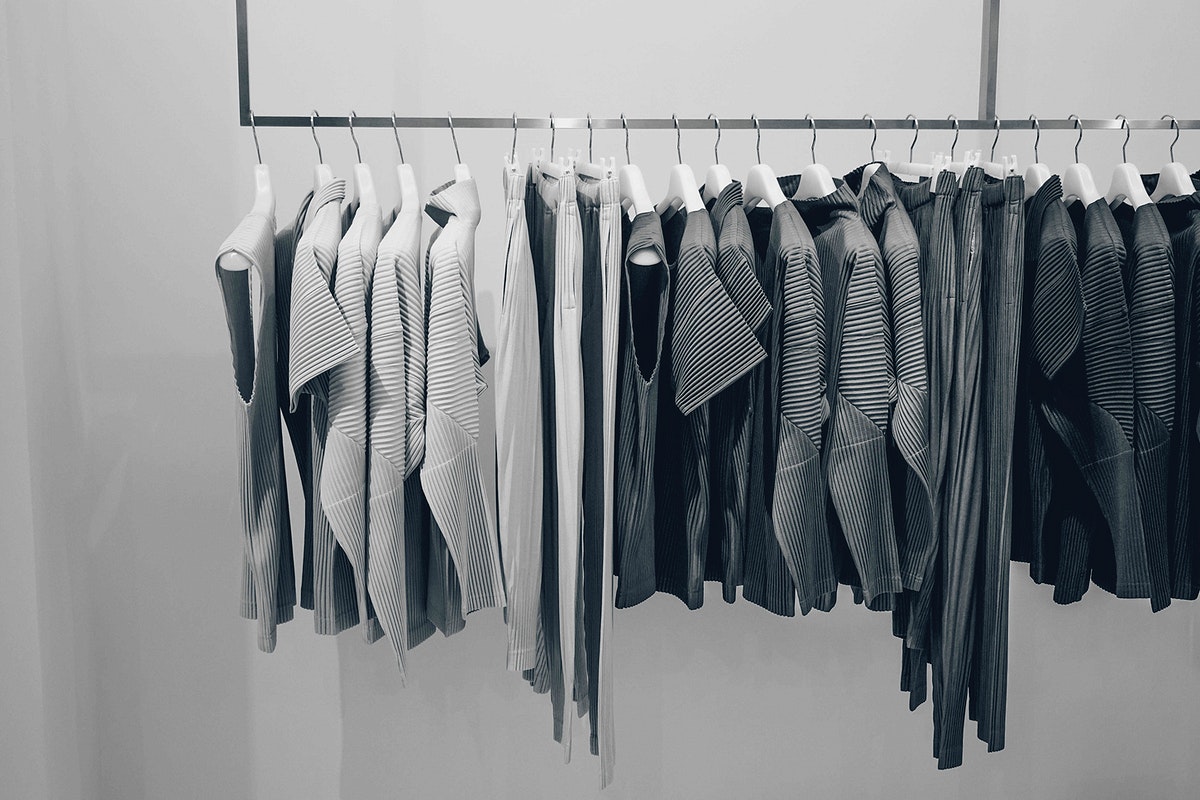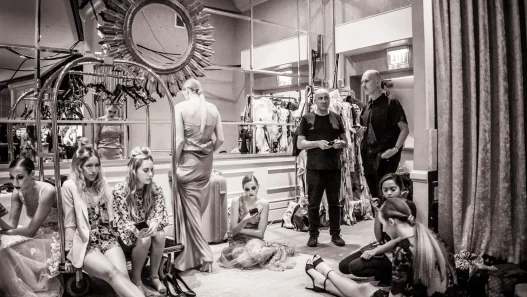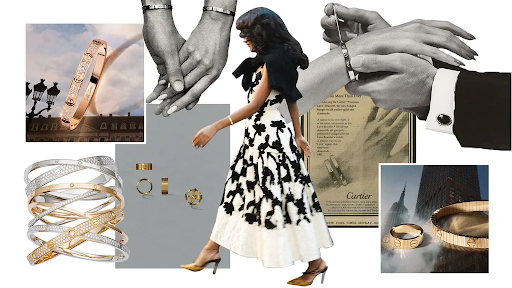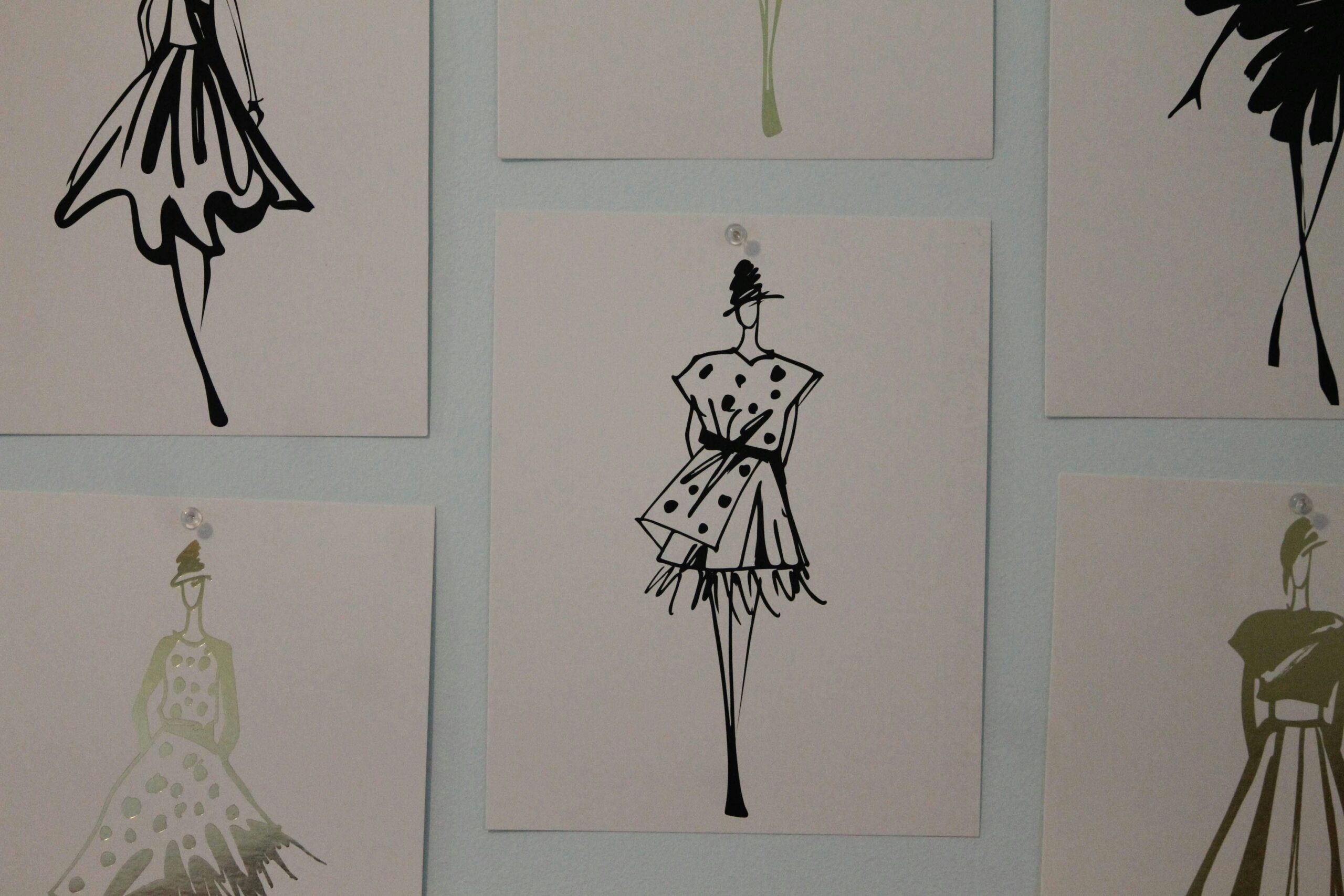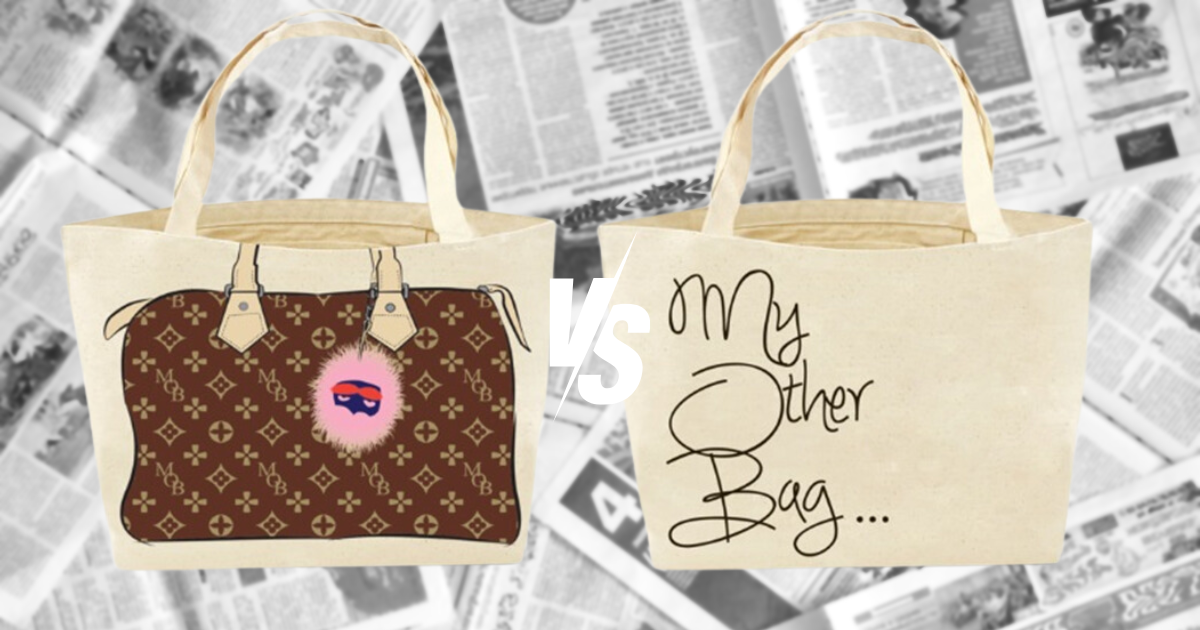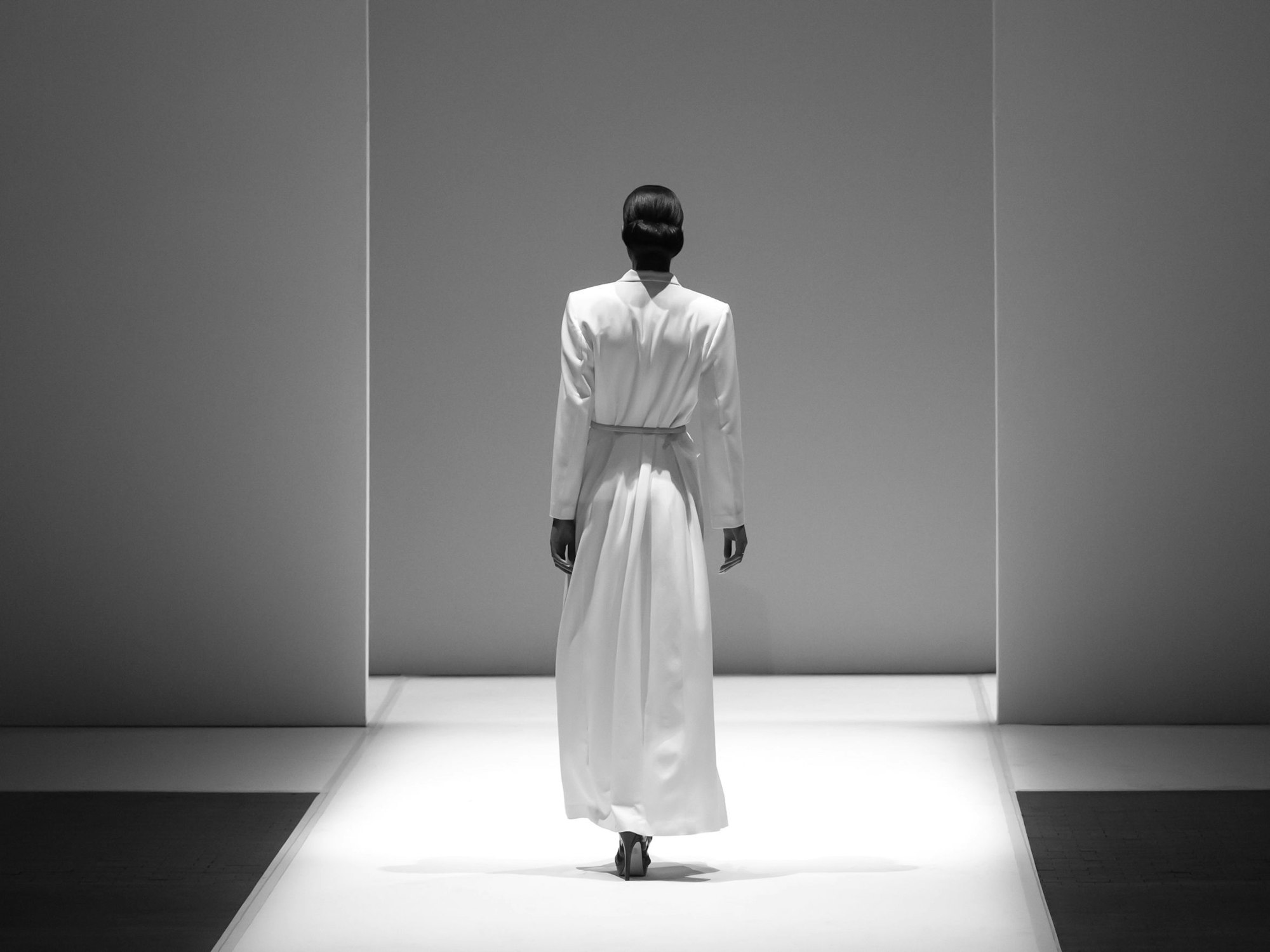Understanding intellectual property (IP) rights is crucial for anyone in the fashion industry. IP rights can protect your unique designs and brand identity, ensuring you maintain a competitive edge. This article explores key aspects of IP rights relevant to fashion and why Cleveland State learners should take note.
Fashion law is an intricate field where creativity meets legal regulations. As a Cleveland State learner aspiring to join the fashion industry, it is essential to grasp the importance of intellectual property rights. Not only do these rights safeguard your creations, but they also play a pivotal role in maintaining the integrity and value of your work.
The significance of intellectual property in fashion
Intellectual property rights are critical in the fashion industry because they provide legal protection for designers’ original works. When you create a unique piece, whether it’s clothing, accessories, or even a logo, IP rights ensure that your work is legally recognized and protected from unauthorized use. For instance, trademarks can secure brand names and logos, while copyrights can protect original patterns and designs.
Moreover, understanding IP laws can help you navigate potential legal challenges more effectively. For those pursuing a JD degree online, having a robust knowledge of fashion-related IP laws can be an invaluable asset. It equips you with the legal acumen needed to defend your creations and uphold the standards of your brand in a competitive market.
In the rapidly changing world of fashion, intellectual property rights also serve as a catalyst for innovation. By protecting designers’ creations, IP laws encourage them to push boundaries and experiment with new ideas. This protection fosters a culture of creativity, where designers feel secure in investing time and resources into developing groundbreaking concepts. For Cleveland State learners, understanding this aspect of IP rights can inspire them to think outside the box and contribute fresh perspectives to the fashion industry, knowing their innovative ideas will be legally protected.
Key components of intellectual property rights
There are several types of intellectual property rights that are particularly relevant to the fashion industry. These include trademarks, copyrights, patents, and trade dress. Trademarks protect brand names, logos, and slogans, ensuring that consumers can distinguish between different brands. Copyrights cover original works of authorship like designs, sketches, and even certain fabric patterns.
Additionally, patents may apply to new and innovative textile technologies or manufacturing processes. Trade dress refers to the visual appearance of a product that signifies its source to consumers. Understanding these components is essential for protecting your creative outputs and sustaining your business’s growth.
Another crucial component of IP rights in fashion is the concept of design patents. These protect the ornamental design of a functional item, which is particularly relevant for accessories like handbags, shoes, and jewelry. Design patents offer a powerful tool for fashion creators to safeguard the unique aesthetic elements of their products. For Cleveland State students interested in accessory design or luxury goods, understanding how to leverage design patents can be a game-changer in protecting their future creations and establishing a distinctive brand identity in a crowded marketplace.
The relevance of IP rights for Cleveland State learners
For Cleveland State learners interested in fashion law or entrepreneurship within the fashion sector, understanding IP rights is fundamental. By learning how to protect your work legally, you not only secure your designs but also build a reputable brand that can stand the test of time. This knowledge is particularly useful when entering partnerships or collaborations where clear legal boundaries must be established.
Furthermore, being well-versed in IP laws can open up additional career opportunities within the legal aspects of fashion. Whether you aim to become a fashion lawyer or an IP consultant for emerging designers, having expertise in this area can set you apart in the job market. Your ability to navigate complex legal landscapes will make you an indispensable asset to any fashion-focused organization.
Navigating legal challenges in fashion
One common challenge faced by designers is infringement on their intellectual property rights by counterfeiters or competitors. Knowing how to enforce your IP rights through legal channels can prevent unauthorized replication of your work. This not only protects your revenue but also preserves your brand’s exclusivity.
Another aspect worth noting is international IP protection. As the fashion industry operates on a global scale, understanding international IP laws is crucial for expanding your brand beyond local markets. Registering trademarks and copyrights in multiple jurisdictions ensures comprehensive protection and facilitates smoother international operations.
Intellectual property rights are indispensable tools for anyone venturing into the fashion industry. For Cleveland State learners aiming to make their mark in this dynamic field, mastering the nuances of IP law will be a significant advantage. Protecting your creative assets legally allows you to focus on innovation while maintaining control over your brand’s identity and market presence.


